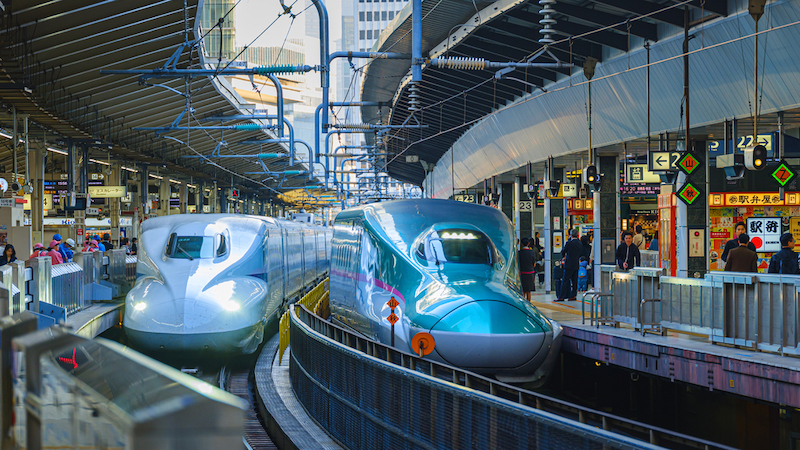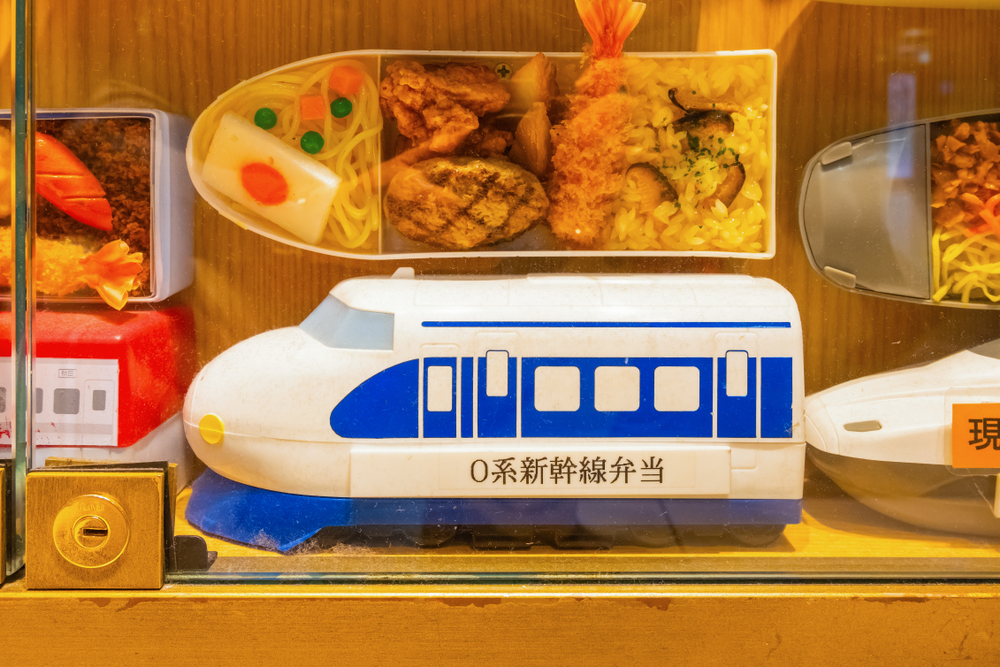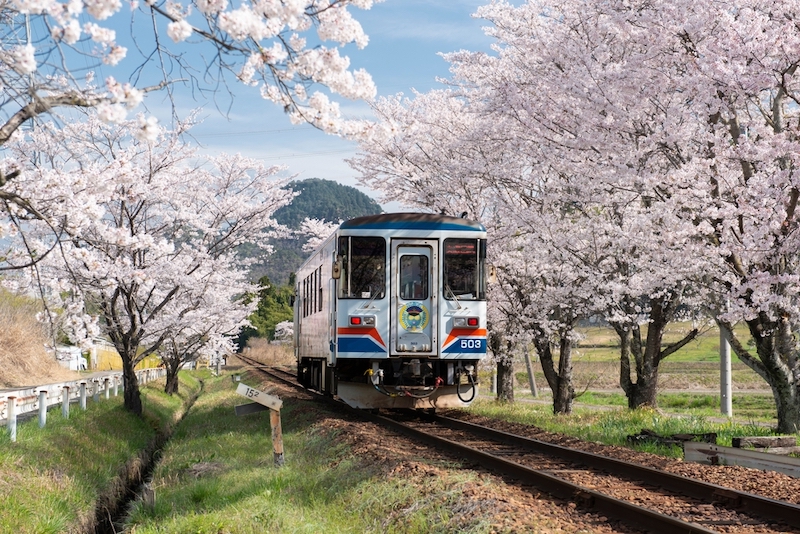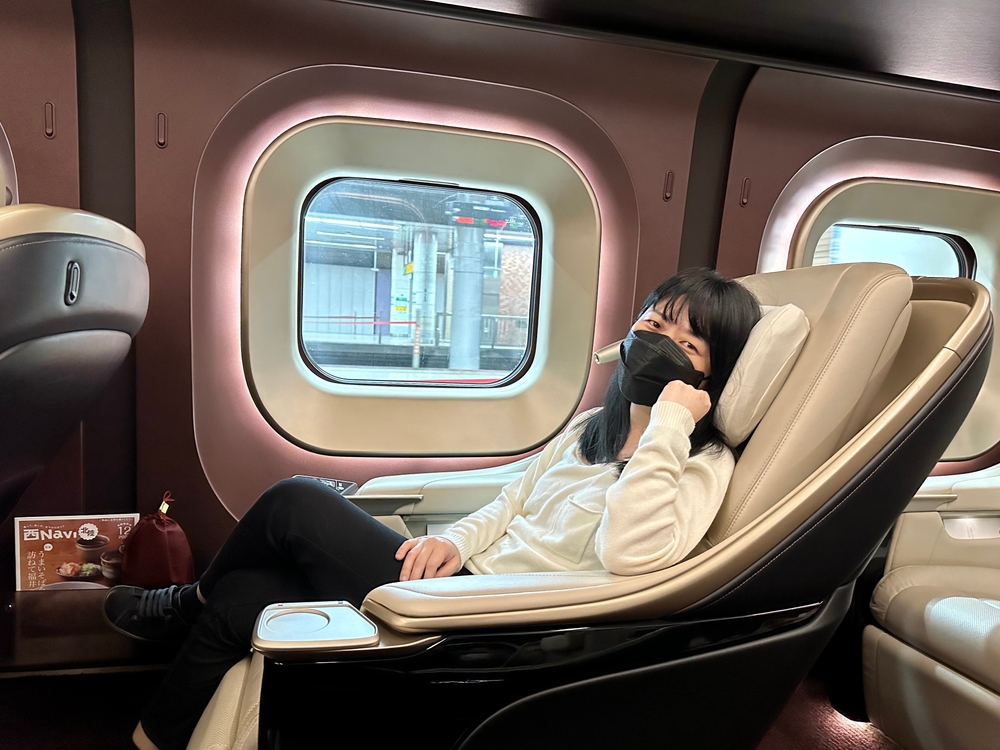A quick guide from a train-obsessed Japanophile.
Japan is a land of wonders, and one of its many fascinations is its train system. Very few countries in the world can rival Japan’s railway system, not only because of its efficiency or punctuality, for which its trains are renowned, but more so for its immense cultural significance.
I have been to Japan a number of times and I always choose to travel by train when going around. Be it aboard an old-but-reliable intercity or an ultra-modern shinkansen (bullet train), you can trust Japanese trains to take you from point A to B without breaking a sweat.
Japan Rail Pass is the mother of all passes, granting you unlimited access to all trains and routes serviced by Japan Railways, which controls about 70% of Japan’s railway system.
Every trip is also a cultural experience, offering a peek into the values the Japanese hold dear: efficiency, ingenuity, cleanliness.
Their cultural impact cannot be understated. They are symbols of modernization and economic progress. The shinkansen’s debut in 1964, for example, was much anticipated as it marked a historic technological leap for Japan, as well as a demonstration of the country’s recovery after World War II. It was the world’s first high-speed rail system and an enduring testament to Japanese inventiveness. To this day, the much-loved shinkansen is a source of national pride.

I’ve experienced riding on almost every kind of train in Japan—from unassuming monorails to my personal favorite, the Hayabusa shinkansen—one too many times to dish out some useful information for those wanting to know more about these transportation and cultural marvels.
From unmanned trains to the shinkansen
Even if you’re not a huge fan of trains as I am, it’s hard not to be fascinated by Japan’s railway system, especially by the sheer number of varieties when it comes to train models and routes. In cities such as Tokyo and Osaka, for instance, you will see a smorgasbord of varieties, from subways to unmanned trains, each one designed to take you to your destination on time, all the time.
In Tokyo, one of my favorite routes is the Yurikamome Line, serviced by unmanned trains that take you from Shimbashi near Ginza—in between skyscrapers, over Tokyo Bay, and under the Rainbow Bridge—to Odaiba, a shopping and entertainment district on a man-made island. My son Nico and I always make sure that we take the seats way up front so we can pretend to be the drivers. It never gets old.
Another family favorite is the ever-reliable JR Yamanote Line, also in Tokyo. Arguably the capital city’s most popular railway line, it’s the best way to have a glimpse of Tokyo’s best. It takes you on one complete loop of the city, with each of its 30 stations offering its own distinct peek into everyday life in one of the world’s greatest cities. The Shibuya scramble and Hachikō Park sit just outside Shibuya station, for example, while tranquil Meiji Shrine lie side-by-side frenetic Takeshita-dori, only a stone’s throw away from Harajuku Station.

Even outside major cities, Japan has an extensive network of regional and local trains that connect smaller towns and rural areas to urban hubs. These trains provide essential transportation for both daily commuters and travelers.
Then there is, of course, the iconic shinkansen, an experience one should try at least once in a lifetime. The distance between Tokyo and Osaka is about 397 kilometers, which takes roughly six to eight hours by bus. With the shinkansen, however, you can have breakfast in Osaka from Tokyo, spend a day of sightseeing, and find yourself back in Tokyo for dinner. With the fastest Nozomi train on the Tokaido Line, it only takes about two hours and a half to travel between Tokyo station and Shin-Osaka station.
Should you be going on a shinkansen, I suggest completing the experience by splurging on an ekiben or train lunch box (a portmanteau of eki = station and bento = lunch box) for the journey. Japanese ekiben, especially those that are sold in the shops on shinkansen platforms, are not only delicious, they are also pretty—even too pretty to eat sometimes! An order costs a bit more than your usual bento but it’s worth trying aboard a speeding bullet train.

To buy or not to buy a rail pass?
We Pinoy travelers are a budget-conscious breed. We want to make sure we make the most out of our money, with some even going so far as having an Excel or GSheets file to track their travel expenses. Traveling in and around Japan by train can be quite expensive—which comes as no surprise—with the cheapest fare at JPY140 (P55) which will take you through two to three stations from your point of origin. Still affordable if you consider the convenience, allowing you to cover as many sights as you can in a day.
Still, you don’t have to worry too much because there are options. Trust the Japanese to make things more convenient for visitors, hence, the different kinds of rail pass from which you could choose depending on your budget and itinerary. With a pass, you don’t have to buy a ticket every time you need to ride the train.
If you have some money to burn, there is the Japan Rail Pass, the mother of all passes—the most popular, most “powerful” yet also the most expensive of all the passes. It grants you unlimited access to all trains and routes serviced by Japan Railways—which controls about 70% of Japan’s railway system—as well as some bus and ferry routes under the same company. On top of this, you also can go on as many shinkansen rides as you can—isn’t that cool?
Every train ride is a cultural experience, offering a peek into the values the Japanese hold dear: efficiency, ingenuity, cleanliness.
But since it is very pricey (prices are expected to increase by as much as 70% this October), you should only purchase it if you expect to travel frequently and cover long distances, say, from Tokyo to Osaka or Tokyo to Fukuoka. This is true for other passes such as the Tokyo Wide Pass or Kansai Thru Pass. They offer convenience and can be cost-effective, however, if you will be using your pass for only once or twice in a day, I suggest foregoing it.



Instead, I recommend that you purchase a Suica or Icoca card which works like our own Beep card. These cards are reloadable, and they work on all subways, trains, and buses. They are also good for making purchases at vending machines and convenience stores. You can purchase yours at the airport as soon as you arrive.
Don’t forget! Japanese trains run like clockwork so make sure you arrive ahead of your trip’s scheduled departure. The website Hyperdia is my go-to for fares, routes, and schedules.
A quick word on Japanese train etiquette
Japanese train travel is characterized by certain etiquettes. Talking loudly and eating onboard (except on long-haul trips) are big no-nos. You are also expected to offer your seat to the elderly or pregnant passengers.
I asked a former student and friend named Meg-chan why the Japanese are very particular when it comes to silence. She mentioned the term meiwaku no kakeru or simply meiwaku, which means “to trouble or bother other people.”
At a very young age, Meg said, they are taught to avoid causing meiwaku and practice omoiyari or “consideration for others” instead, a trait the Japanese are known for. Omoiyari is on full display in a typical commute in Japan: standing at only one side when on an escalator, avoiding the use of phones in public transportation, or stepping out of the way of someone in a hurry.
Make sure that you avoid “bothering” other people by adhering to these simple rules and your journey across Japan—be it by train or on foot—will be all the more enjoyable, not just for yourself, but also for others.
Header Photo: Olga Kashubin




